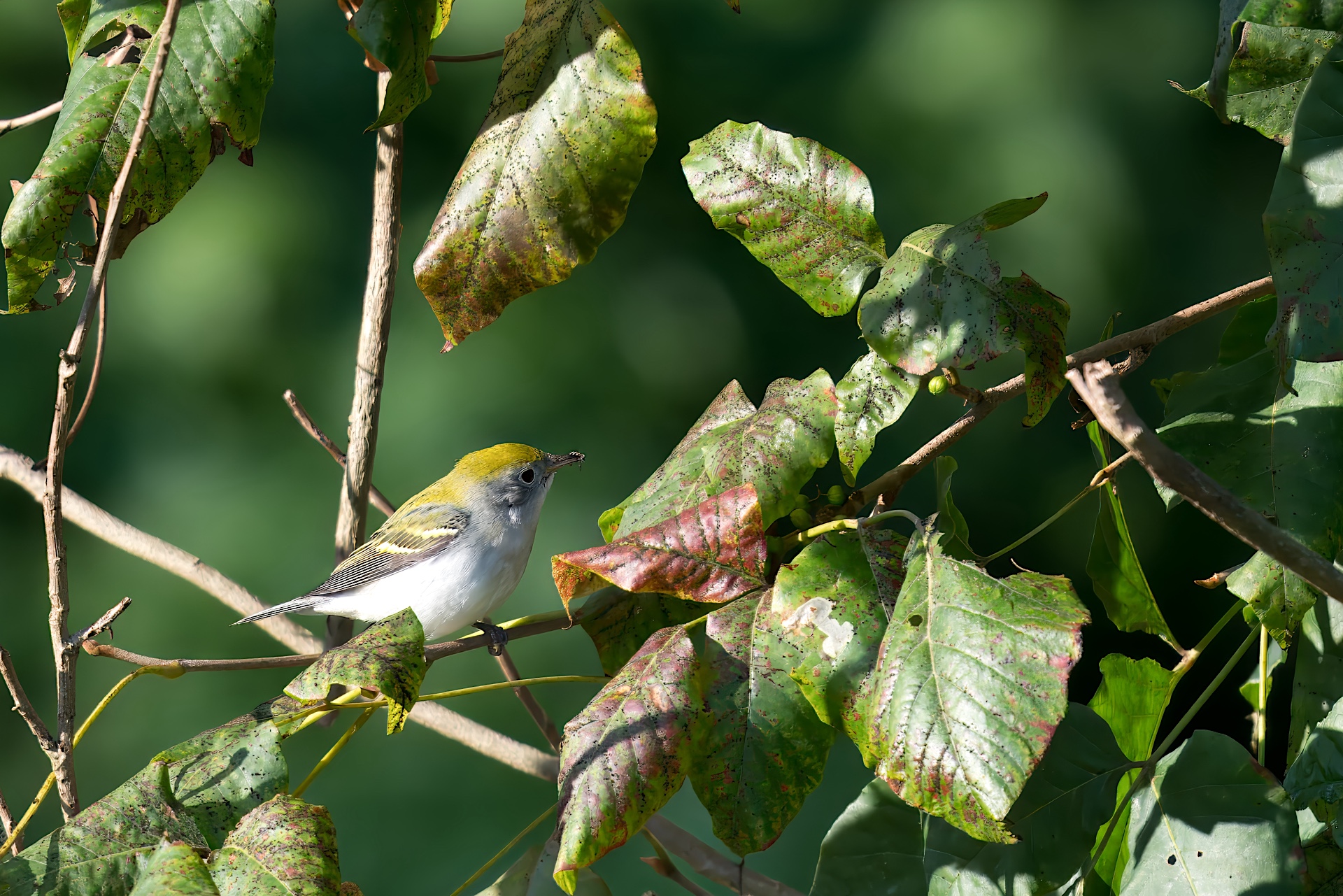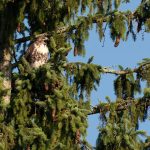Bird photography is a pursuit that rewards patience, timing, and an understanding of the natural world. While having the right gear and skills is crucial, knowing when to head out to photograph birds is equally important. The time of day can dramatically affect the quality of light, bird activity, and, ultimately, the success of your photography. What is the best time to take bird pictures? Here are some tips!
1. Early Morning: The Golden Hour
My favorite time to take bird pictures is early morning, during what photographers call the “golden hour.” I’ve had the best luck capturing birds during this time, and when properly planned, the lighting can be fantastic. This period occurs shortly after sunrise, when the sun is low, casting warm, soft, natural lighting for bird photography.
Soft, Warm Light: The light during this time is diffused and less harsh than at midday, reducing the chances of blown-out highlights and deep shadows. This soft light enhances the colors of birds and their surroundings, adding a warm, golden hue that is particularly flattering. The photo for this post is of a juvenile chestnut-sided warbler that was taken during golden hours.
Active Birds: Many bird species are most active in the early morning as they begin their day by foraging for food. This increased activity allows you to capture dynamic shots of birds in motion, feeding, or interacting with their environment. The activity sometimes makes it challenging, but if you locate food sources birds like (covered in this post), you will sometimes get lucky when they feed and hang around (sometimes literally) in one area.
Calmer Weather: Mornings are often characterized by calmer winds, making it easier to photograph birds in trees, on water, or in flight without worrying about motion blur caused by gusty conditions. When winds are stronger, birds stay in bushes and not venture out, so taking advantage of calm weather when you get it is very beneficial.
To make the most of the golden hour, arrive at your location before sunrise so you can set up and be ready to shoot as the light changes. Scout your location beforehand to find the best spots where the light will hit, and plan your compositions. I track I’m usually in the parking lot of my favorite state park a few minutes before sunrise, although if it’s overcast I will arrive a bit after sunrise to ensure there’s enough light for good exposures.
2. Late Afternoon: The Second Golden Hour
Just as the early morning offers a golden hour, so does the late afternoon, shortly before sunset. This time of day provides similar lighting conditions, with the sun low in the sky, casting long shadows and creating a warm, soft, natural lighting for bird photography glow. While I photograph more during the morning golden hour, I have gotten some great pictures in the late afternoon. I’ve seen some fantastic photographs of owls in our area that are taken in the late afternoon during the winter, and I plan to photograph more during this period.
The late afternoon golden hour is especially advantageous for bird photography because:
Warm Tones: Like the morning, the light in the late afternoon is warm and soft, perfect for highlighting birds’ natural colors and textures. The golden light can make your images appear more vibrant and lively.
Birds Preparing for the Night: Many birds are active in the late afternoon as they prepare to roost for the night. You may witness behaviors such as preening, last-minute foraging, or birds returning to their nests, all of which can make for compelling photographs.
Beautiful Backdrops: The setting sun often creates stunning backdrops, with the sky painted in shades of orange, pink, and purple. Silhouettes of birds against these dramatic skies can result in breathtaking compositions.
Arrive at your chosen location well before sunset to maximize your shooting time. As the light fades, be prepared to adjust your camera settings, such as increasing the ISO, to compensate for the decreasing light levels.
3. Midday: Challenging But Not Impossible
Midday is generally considered less ideal for bird photography due to the harsh, direct sunlight that can create strong shadows and overexposed highlights. I’ve mostly had luck during mid-day when I’m taking pictures near a bird feeder. I try to position myself so I can get photographs of birds on branches preached as they eat or wait their turn at the feeder. I’ve also gotten some great pictures of water birds like herons and ducks midday, so it might be worth visiting a local lake, bay, or river during this time.
There are ways to make the most of midday conditions:
Overcast Days: If the sky is cloudy, midday can still be a good time for bird photography. The clouds act as a natural diffuser, softening the light and reducing harsh contrasts. This even lighting can be beneficial when photographing birds in open areas or against bright backgrounds. The one caution is that overcast skies can cause problems with backlighting if you’re photographing birds perched high in a tree. For example, I’ve gotten multiple pictures of red-tailed hawks that could be better because the backlighting cannot be handled in post-processing.
Shade and Water: During midday, look for birds in shaded areas, such as under trees or near water bodies. The shade can provide more manageable lighting conditions, and water can act as a natural reflector, bouncing light onto your subjects. It’s important to be aware of your exposure in shade and water. It can be easy to under or overexpose pictures when dealing with lighting extremes, so make sure you bracket exposures to get the best results. Some cameras have an auto-bracketing feature you can use.
Birds at Rest: While many birds are less active during the day’s heat, some species may rest in open areas, providing opportunities for close-up shots. Use a longer lens to capture these moments without disturbing the birds. If you are in an open area, make sure that you use your lens hood to avoid light flares on your lens.
Conclusion – The Best Times For Bird Photography
The best times of day for bird photography are early morning and late afternoon when the light is soft, warm, and flattering. These golden hours offer beautiful lighting and active bird behavior, giving you the best chances for stunning shots. While midday and night can be more challenging, with the proper techniques and equipment, they, too, can yield impressive results. By understanding and adapting to the different times of day, you can elevate your bird photography and capture the beauty of the avian world in all its nuances.






0 Comments